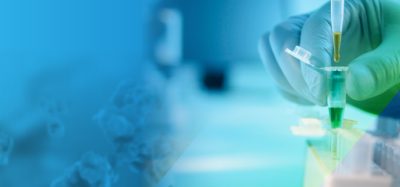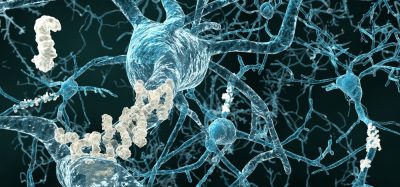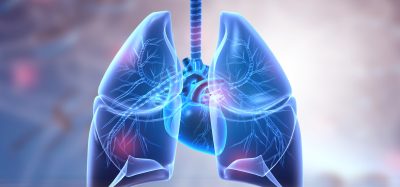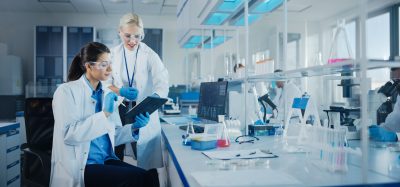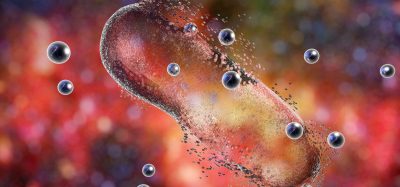How medications in waterways are encouraging antibiotic resistance
Posted: 15 October 2025 | Drug Target Review | No comments yet
New research has discovered that mixtures of everyday medications in the environment can promote antibiotic resistance, offering new insights that could influence future drug discovery and environmental policy.
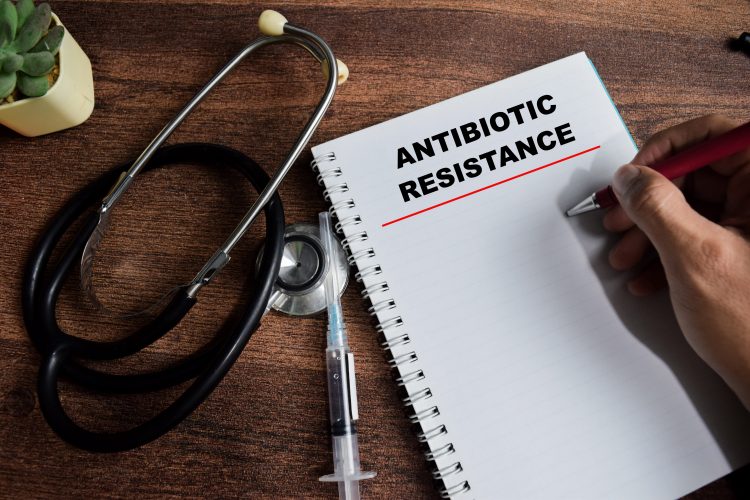

New research has discovered that mixtures of commonly used medications in our environment could contribute to the rising development of antibiotic-resistant bacteria, posing a potential threat to human health. The study’s findings underline the importance of assessing the environmental impact of everyday medications whilst highlighting the need for future medications to be designed with their environmental impact in mind.
Medications entering natural environments
When humans or animals take medications, up to 90 percent can pass through the body and enter natural environments via wastewater or agricultural runoff – eventually reaching rivers, lakes and oceans.
When humans or animals take medications, up to 90 percent can pass through the body and enter natural environments
In these ecosystems, the build up of antibiotic medicines can reach levels sufficient to kill bacteria. This exposure can prompt bacteria to evolve defences that make them resistant to antibiotics, meaning infections in humans could be harder to treat.
Biomarkers are redefining how precision therapies are discovered, validated and delivered.
This exclusive expert-led report reveals how leading teams are using biomarker science to drive faster insights, cleaner data and more targeted treatments – from discovery to diagnostics.
Inside the report:
- How leading organisations are reshaping strategy with biomarker-led approaches
- Better tools for real-time decision-making – turning complex data into faster insights
- Global standardisation and assay sensitivity – what it takes to scale across networks
Discover how biomarker science is addressing the biggest hurdles in drug discovery, translational research and precision medicine – access your free copy today
While previous studies have largely focused on individual antibiotics, less is known about how combinations of other medicines affect bacterial resistance.
Laboratory tests find hidden risks
The new study, led by the University of Exeter found that non-antibiotic medications – including pain relievers, diabetes treatments and hormone replacement therapy – can increase the likelihood of bacteria developing antibiotic resistance genes when mixed with a common antibiotic.
Researchers exposed wastewater bacteria to mixtures of the antibiotic ciprofloxacin and one other non-antibiotic medication at low concentrations typical in the environment. Ciprofloxacin was chosen due to its frequent presence in freshwater sources worldwide.
While the medications alone did not enhance bacterial survival against antibiotics, the combination with ciprofloxacin significantly increased the presence of specific resistance genes compared with bacteria exposed to the antibiotic alone.
‘Pharmaceutical cocktail’ promotes resistance
“We’ve found that the kind of common medications that many people might routinely take can form a pharmaceutical cocktail in the environment and our waterways that promotes antibiotic resistance,” said Dr April Hayes, lead researcher and postdoctoral research fellow and microbiologist at the University of Exeter. “This poses a potential threat to human health, because if we then ingest these bacteria and are infected, we may not be able to easily treat them, as antibiotics are more likely to fail. Antimicrobial resistance is a growing global problem – and these mixtures might form an important contribution to that problem.”
Implications for policy and research
“UKRI has identified tackling infections as one of its five strategic themes, with antimicrobial resistance (AMR) recognised as a flagship challenge,” said Dr Jef Grainger, BBSRC Associate Director of Research Strategy and Programmes and Programme Lead for UKRI’s Tackling Infections theme. “This research deepens our understanding of how resistance develops, not just through antibiotics, but through combinations of drugs commonly found in the environment. These findings highlight the urgent need to consider pharmaceutical mixtures in AMR research and policy, helping to shape more effective interventions.”
This research deepens our understanding of how resistance develops, not just through antibiotics, but through combinations of drugs commonly found in the environment.
These findings not only demonstrate an awareness of environmental and public health risks but could also influence the future of drug discovery. Understanding that common medications can interact with antibiotics in the environment to promote resistance may drive pharmaceutical researchers to develop new drugs that are less likely to contribute to antimicrobial resistance.
The research also underlines the need to consider the environmental fate of compounds during the drug development process, ensuring that future therapies are both effective for patients and safer for ecosystems.
Related topics
Antibiotics, Antimicrobials, Drug Discovery, Drug Discovery Processes, Microbiology, Translational Science
Related organisations
the University of Exeter, UK Research and Innovation (UKRI)



